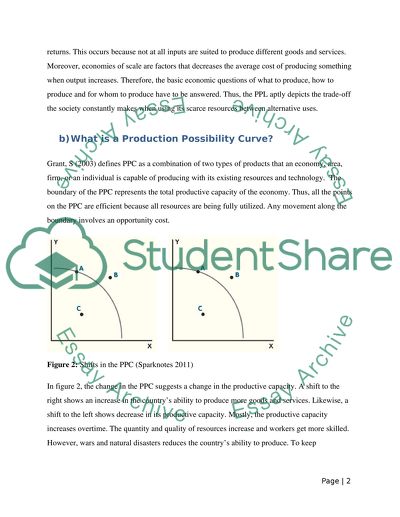Cite this document
(“Basic Economics Essay Example | Topics and Well Written Essays - 2500 words”, n.d.)
Retrieved from https://studentshare.org/literature/1427703-basic-economics
Retrieved from https://studentshare.org/literature/1427703-basic-economics
(Basic Economics Essay Example | Topics and Well Written Essays - 2500 Words)
https://studentshare.org/literature/1427703-basic-economics.
https://studentshare.org/literature/1427703-basic-economics.
“Basic Economics Essay Example | Topics and Well Written Essays - 2500 Words”, n.d. https://studentshare.org/literature/1427703-basic-economics.


